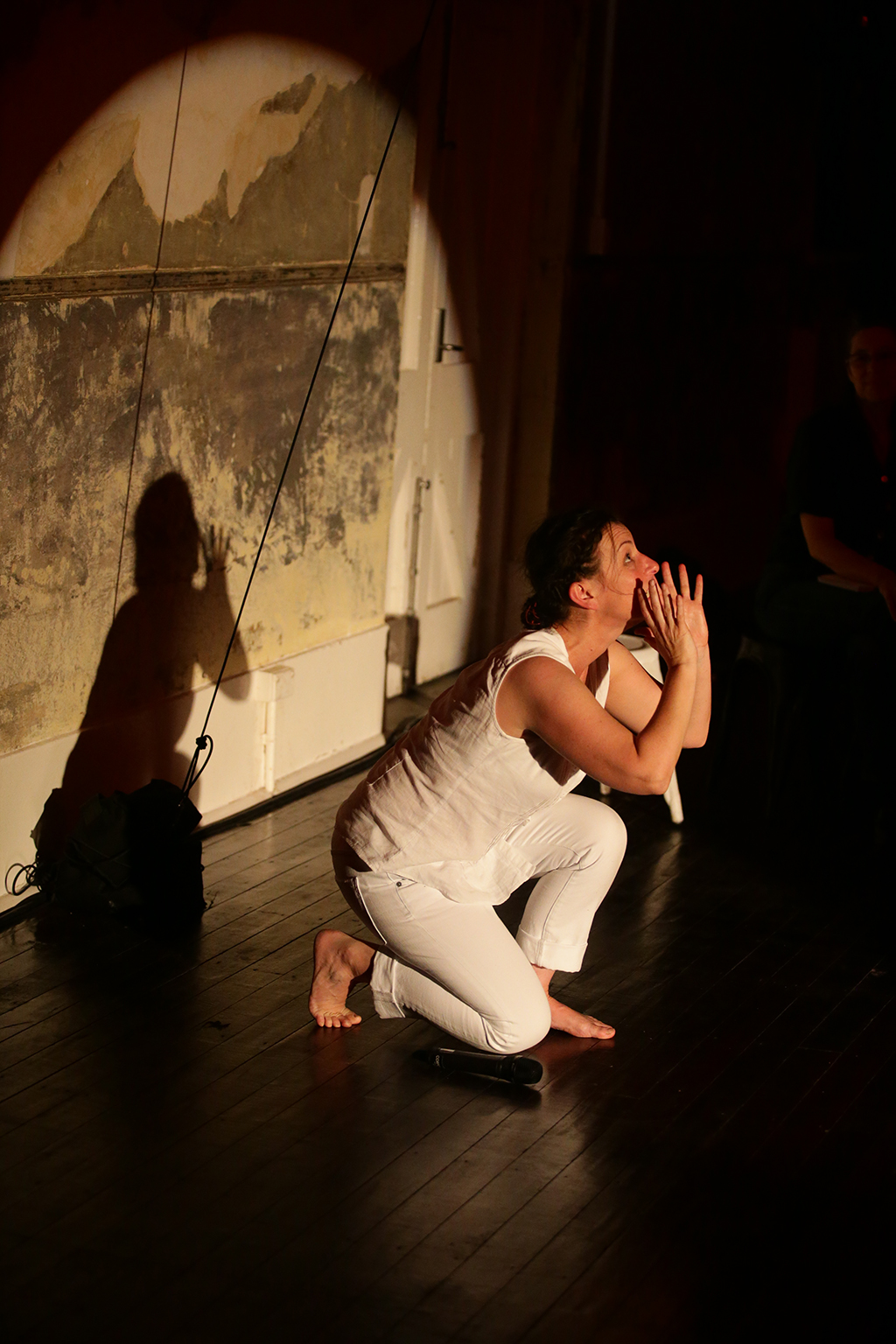There are fields and fields of fields
Merleau-Ponty5
In the previous chapter the focus was on Merleau-Ponty’s concept of the intertwining – the chiasm. I discussed the ways I engaged with this concept to consciously access experience differently whilst developing artistic performance works. In this chapter, I focus on the concept of “becoming” as discussed by Grosz in a lineage that includes Darwin, Bergson, and Deleuze. I am guided by the question: How might the concept of ‘becoming’ first, support conscious ways of accessing experience differently, and second, operate in service of artistic creativity?

In Section 6.1 of this chapter, I use the work of Grosz, following Darwin, Bergson, and Deleuze, to discuss the real and the forces of difference in what Grosz calls the “domain of becoming” (2011, p. 43). I use this philosophical position to affirm that life in this domain uses the forces of difference to generate dynamic, open-ended, ever-changing things. These forces operate in the field of duration to create and generate the real. The real in this context is “positive, full, has no lack or negation” (Grosz 2011, p. 54). I use this account of the real to affirm that the constitutional forces of life are fundamentally creative.
Using this framework, I propose that it is useful for creative practitioners to conceptualise human artistic creativity as a dynamic, generative, and open-ended force of difference. I go on to discuss how the same forces that affect life also affect theatrical performance but in a more heightened or compressed way. I discuss how some theatre practitioners work with this dynamic and focus on unblocking the physical body and voice rather than on developing acting techniques. I affirm that this theatrical lineage contributes to shaping my research and its creative outputs.
In Section 6.2 of this chapter, I discuss the ways I test the concept of becoming against my own experience. I describe how I have activated this process in discovery workshops by accessing experience differently and consciously, employing imaginative sensory metaphors to achieve a thicker, more whole-bodied experience.
In Section 6.3 of this chapter, I discuss how I have held issues of gender at bay so that I can consider the most general and abstract conditions of corporeality. I suggest that it is important to eschew binary divisions not because they do not exist but because this helps to uncover more useful fundamental frameworks to account for life and its creative outputs. Using excerpts from my work, I discuss how avoiding gender altogether is an almost impossible task because the constitutional force of difference, manifested through gender, did play a role in the development of some creative works.
I close this chapter by affirming that engaging with the concept of becoming through my practice has first, helped me to consciously access experience differently, and second, provided visceral entry points into performative material for the development of creative works. My research affirms that life, in the domain of becoming, is a fundamentally creative dynamic, and my experience of this dynamic reveals how the fundamental structures of life operate in service of artistic creativity.
______________
5 The visible and the invisible, 1964/1968, p. 171
